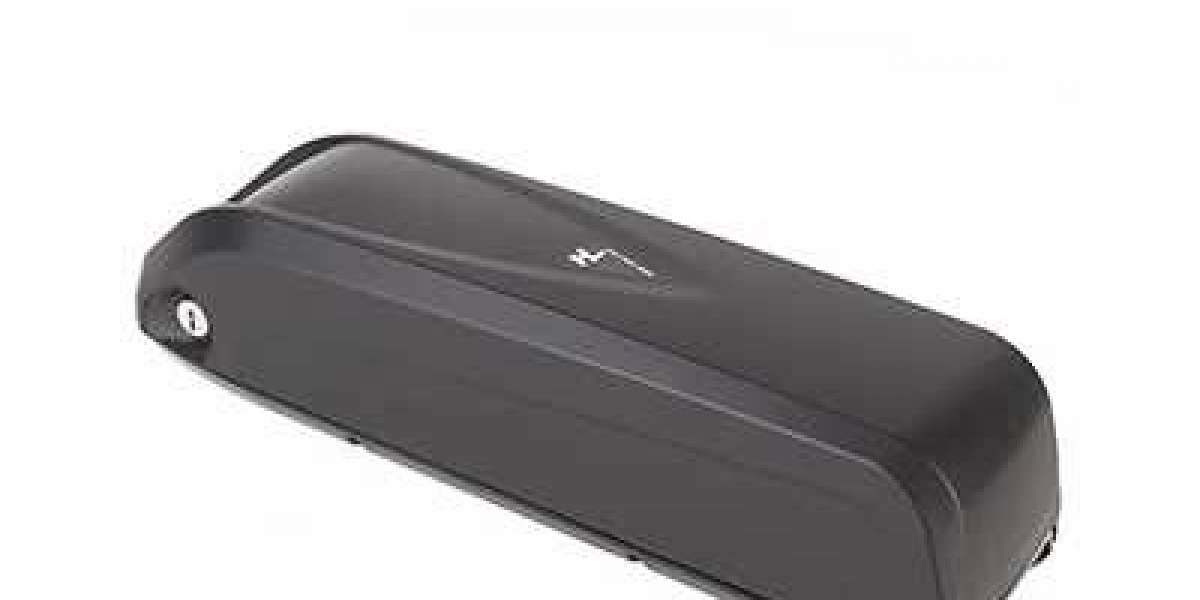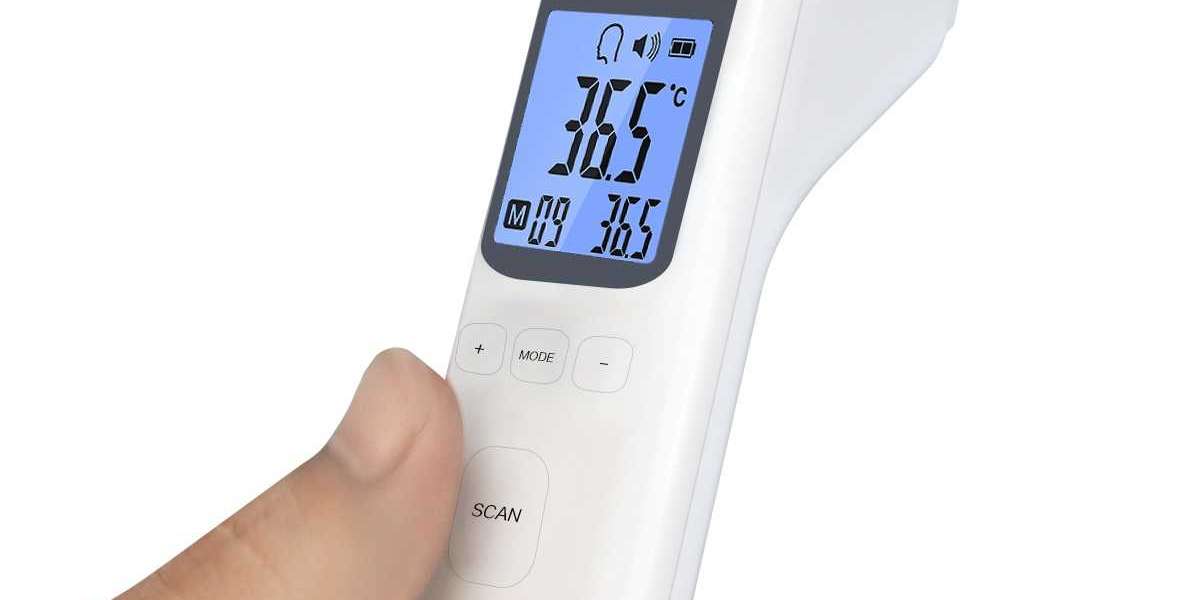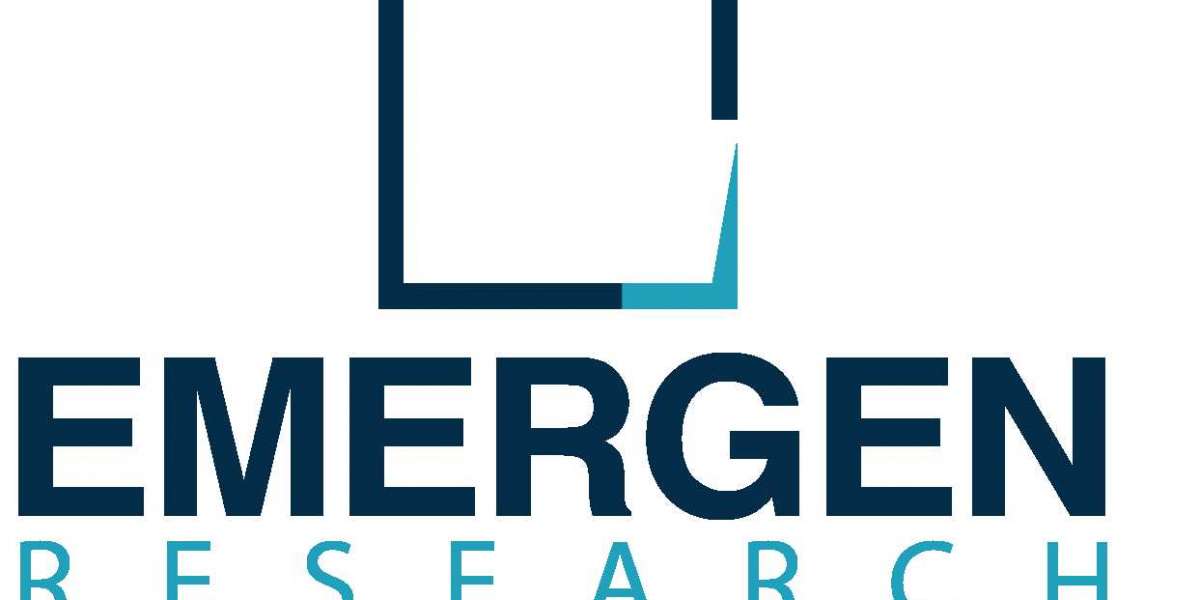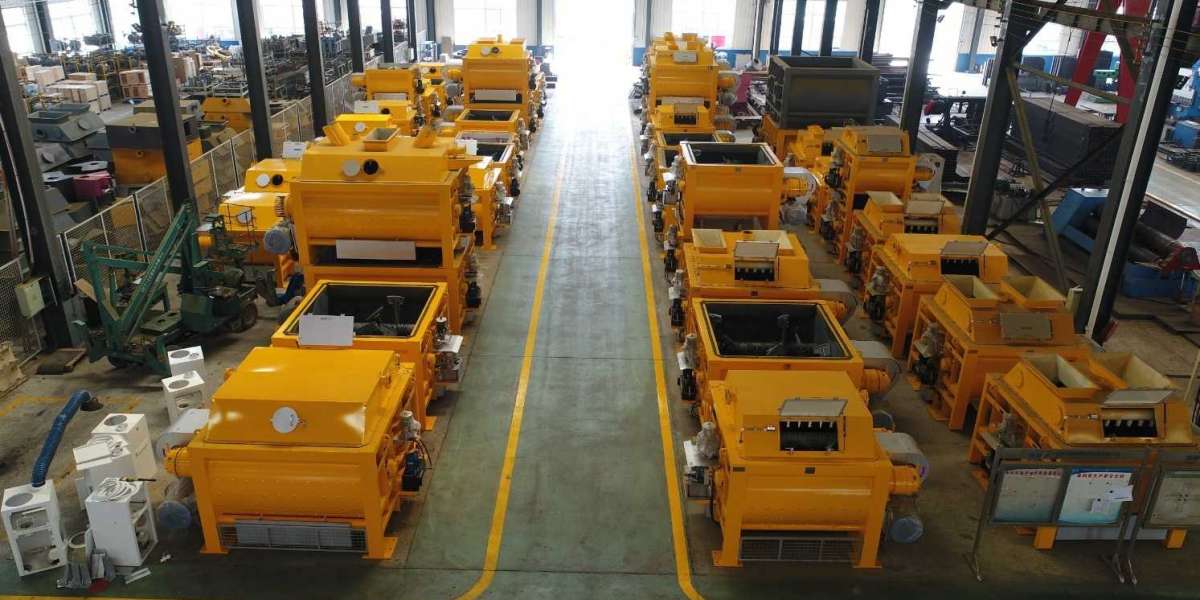The speed of charging is closely related to the overall technical and design requirements of power batteries, charging piles, electric vehicles, and power grids. The biggest influencing factor is the battery. We specifically discuss the application trend of different types of power batteries in the direction of fast charging technology. Almost all kinds of cathode materials can be used to make fast charging batteries, but their applicability and advantages and disadvantages are different.

1. The ternary fast-charging battery is more suitable for electric passenger cars
Ternary batteries have received more attention because of their high energy density. The material itself has excellent electrical conductivity, but its reactivity is too high, so it poses a great challenge to the safety of fast charging.
2. Lithium iron phosphate fast charging is available for all passengers
Lithium iron phosphate does not have inherent advantages in the field of fast charging. From the perspective of materials, the intrinsic conductivity of lithium iron phosphate material is relatively low, only one percent of that of ternary materials. It is necessary to optimize the conductivity of lithium iron phosphate materials. In order to meet the needs of fast charging. However, the material cost of lithium iron phosphate is relatively low. Combined with mature technical background and stable product performance, it has a relatively wide application prospect. Limited by the extreme limit of theoretical energy density, lithium iron phosphate will play a role in energy density in the future. Not much space. However, for commercial vehicles such as passenger cars, logistics vehicles, and special vehicles, the lithium iron phosphate system is not necessary for the improvement of energy density, and fast charging is becoming more and more important.
3. Lithium manganate battery is suitable for plug-in hybrid buses
Lithium manganate batteries have the characteristics of power performance, discharge rate performance, good low temperature performance, and high voltage frequency. Under the situation of skyrocketing raw materials in the upstream of ternary, the cost advantage of lithium manganate is gradually highlighted. However, it still needs to be improved in terms of energy density and high temperature performance. However, the cycle performance of lithium manganate batteries is not good under high temperature conditions. The high temperature performance of lithium manganate batteries can be improved by doping the positive electrode, but the modified lithium manganate materials are no longer "original lithium manganate". "Multi-component composite materials" are commonly used in the industry. The positive electrode uses a mixed system of ternary materials and lithium manganate, and the negative electrode uses porous composite carbon to further improve the performance of fast charging, but safety still needs to focus on and continue to improve.
4. Lithium titanate fast charging battery is suitable for pure electric bus
Lithium titanate power battery is named after the negative electrode material, and the positive electrode adopts ternary material. In terms of performance, lithium titanate batteries have superior low-temperature performance, better safety and cycle performance, and their rate performance as a fast-charging battery has also been recognized by the industry. However, there are two prominent problems of lithium titanate at present: First, the energy density is relatively low. Under the pressure of policy and market requirements to continuously improve energy density, the current market share of lithium titanate is relatively high in the entire power battery market. Low. Second, due to the influence of high-cost small metal materials such as titanium, nickel, and cobalt, the cost of lithium titanate batteries is significantly higher than other systems.
Lithium titanate batteries are significantly better than other fast-charging batteries in terms of cycle life, which is determined by the characteristics of the material itself, that is, the "zero strain" characteristic. But its disadvantage is obvious, the energy density is low, and the energy density is only about half of the ternary system. Coupled with the high price, most of them are currently used in fast-charging buses. In the future, it is urgent to seek higher voltage cathode materials and matching electrolytes to solve this defect.
5. New direction of fast charging - titanium niobium oxide anode material
Titanium niobium oxide is developed on the basis of lithium titanate. The main advantage is that compared with the theoretical capacity of lithium titanate of 175mAh/g, the theoretical capacity of titanium niobium oxide is about 280mAh/g.








